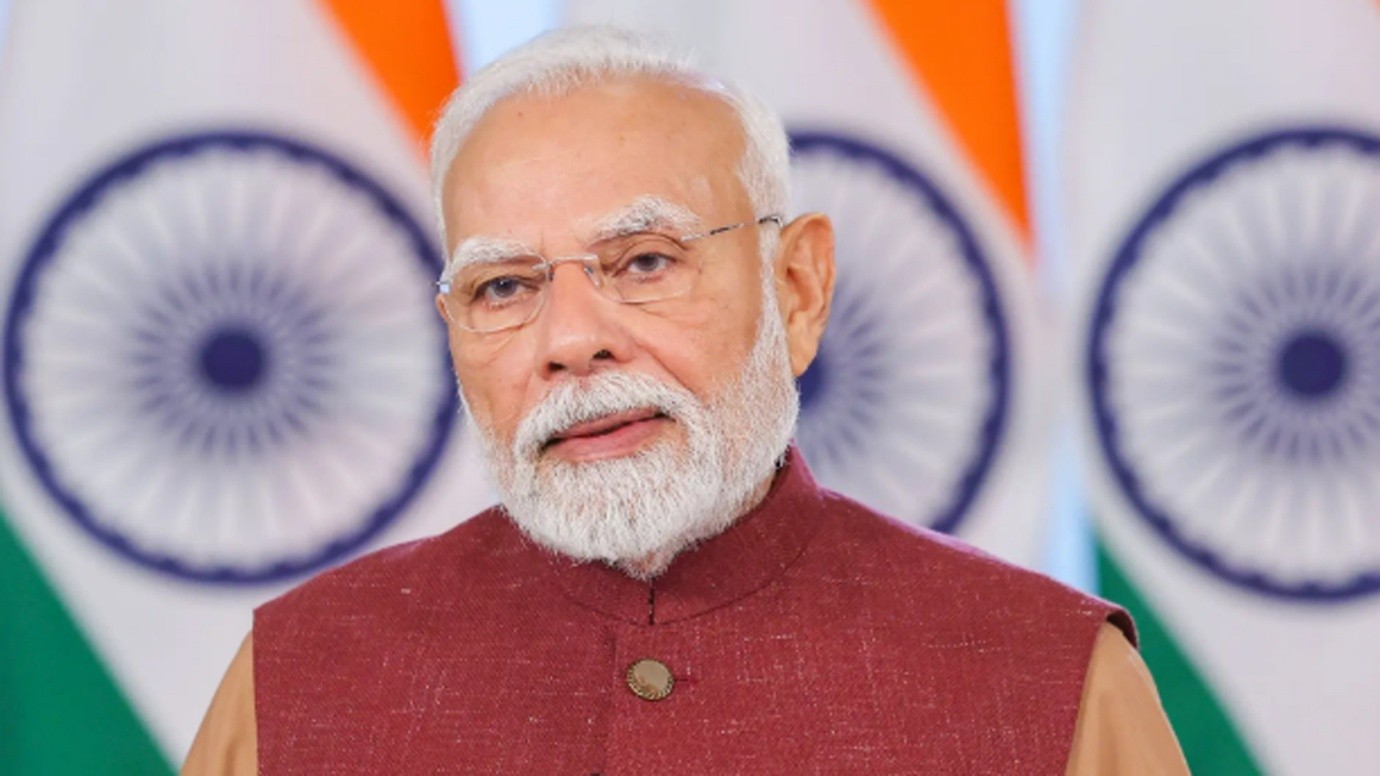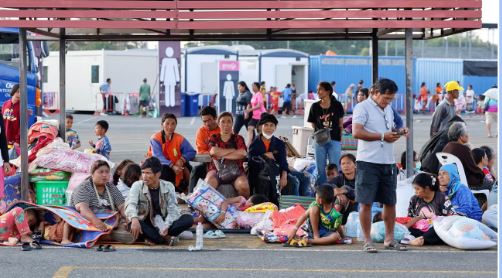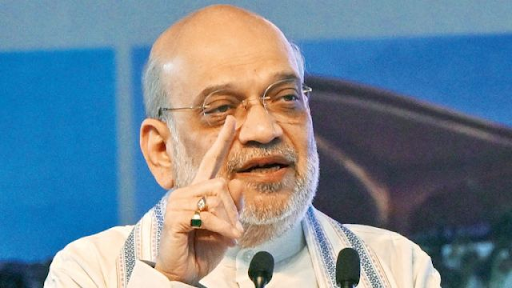Description

Copyright infringement not intended
Picture Courtesy: https://indianexpress.com/article/explained/explained-agnipath-scheme-opposition-9379715/
Context: The Agnipath scheme allows Indian youth to join the Indian Army for four years. However, the scheme faces opposition due to concerns about creating a "lesser" cadre and youth discontent, as it recruits soldiers for a fixed term.
About Agnipath Scheme
- The Agnipath Scheme, introduced in 2022 by the Indian Government, aimed at recruiting young individuals referred to as "Agniveers," into the Indian Armed Forces for a fixed term of four years.
Purpose and Objectives
The primary purpose of the Agnipath Scheme is to provide opportunities for the youth of India to serve in the armed forces as Agniveers. The scheme aims to achieve the following broad objectives:
- Enhance the youthful profile of the armed forces.
- Attract young talent to effectively utilize emerging technologies.
- Instil discipline, motivation, and teamwork in the youth.
- Provide a pathway for short-term military service while facilitating smooth integration into civilian life.
Key Features
- Eligibility is restricted to candidates between 17.5 and 21 years old (subject to change). This aims to create a younger age profile within the Armed Forces.
- After completing their four-year service tenure, all Agniveers will be eligible to apply for enrollment in the permanent cadre (subject to organizational requirements).
- A centralized, transparent, and rigorous screening system will evaluate applications. Factors like merit and demonstrated performance during service will determine selection.
- A maximum of 25% of Agniveers will be selected for the permanent cadre, following existing Terms and Conditions.
- The final decision on selecting Agniveers for permanent enrollment rests solely with the Government through established policies.
Financial Package
- Agniveers begin with an annual package of approximately Rs. 4.76 Lakhs in their first year. The package progressively increases, reaching approximately Rs. 6.92 Lakhs in the fourth year, rewarding continued service with higher compensation.
- Agniveers receive various allowances to cover essential expenses:
- Risk & Hardship Allowance: Recognizes the inherent risks and challenges associated with military service, providing additional compensation.
- Ration Allowance: Covers the cost of food supplies during their service period.
- Dress Allowance: Helps maintain the required military attire as per regulations.
- Travel Allowance: Provides financial support for travel expenses incurred during service-related movements.
- Seva Nidhi (Service Fund): This unique scheme promotes financial security for Agniveers after their service:
- Individual Contribution: Agniveers contribute 30% of their monthly salary towards Seva Nidhi.
- Government Matching Contribution: The government matches the Agniveer's contribution, effectively doubling the amount going into Seva Nidhi.
- Corpus Accumulation: Over the four years, a total corpus of Rs. 10.04 Lakhs accumulated, along with accrued interest. This entire amount is exempt from Income Tax, providing a significant tax benefit.
- All Agniveers are covered by a Rs. 48 Lakhs non-contributory life insurance policy, ensuring their families receive financial aid. If the death is attributable to service, the family receives an additional Rs. 44 Lakhs ex-gratia payment, further supporting them during this difficult time.
- If an Agniveer's service is cut short due to death, their family is entitled to receive payment for the remaining service period, including their Seva Nidhi contribution.
- The scheme acknowledges the potential for service-related disabilities and offers support:
- The amount of compensation is determined by the percentage of disability assessed by medical authorities.
- Depending on the severity of the disability (ranging from 100% to 50%), Agniveers receive a one-time ex-gratia payment (Rs. 44 Lakhs for 100% disability, gradually reducing to Rs. 15 Lakhs for 50% disability), helping them manage their new circumstances.

Challenges
- Retention of Talent: Ensuring that skilled Agniveers remain motivated and committed throughout their service tenure, thereby maximizing the scheme's long-term impact.
- Training Adequacy: Providing comprehensive training within a limited timeframe to ensure that Agniveers are adequately prepared to meet the operational challenges of the armed forces.
- Post-Service Employment: Facilitating smooth transitions for Agniveers into civilian life by ensuring access to suitable employment opportunities or avenues for further education and skill enhancement.
- Selection Fairness: Maintaining the integrity and transparency of the selection process for permanent roles within the armed forces post the initial four-year period, thereby upholding meritocracy and organizational efficiency.
Steps Taken to Address Challenges
- Comprehensive Training Programs: Leveraging modern training methodologies and cutting-edge technologies to enhance the effectiveness and efficiency of the training imparted to Agniveers.
- Skill Development Initiatives: Aligning the scheme with the broader Skill India initiative to offer specialized technical training and certifications, thereby enhancing the employability of Agniveers post their military service.
- Post-Service Support: Providing a robust support framework, including financial assistance and career counselling, to facilitate the smooth transition of Agniveers into civilian life and mainstream employment.
- Merit-Based Selection: Instituting a rigorous and transparent selection process for permanent enrollment within the armed forces post the initial service period, ensuring that candidates are selected based on their performance and organizational requirements.
Way Forward
- Enhance Training Programs: Continuously refining and updating training methodologies to incorporate the latest advancements in military tactics, technology, and combat techniques, thereby ensuring that Agniveers are well-prepared to meet evolving operational challenges.
- Expand Opportunities: Expanding the scope of post-service opportunities available to Agniveers, including avenues for higher education, vocational training, entrepreneurship, and employment across diverse sectors, thereby enhancing their socio-economic mobility and holistic development.
- Inclusive Recruitment: Ensuring that recruitment processes remain inclusive and accessible to candidates from diverse socio-economic backgrounds and geographical regions, thereby promoting diversity and fostering a sense of national unity.
- Support Systems: Strengthening support mechanisms to provide ongoing assistance and guidance to Agniveers at every stage of their journey, including during their service tenure, transition to civilian life, and subsequent career pursuits, thereby ensuring their holistic well-being and continued success.
Conclusion
- The Agnipath Scheme stands as a visionary initiative aimed at harnessing the potential of India's youth to bolster its defence capabilities and foster national development. While the scheme faces several challenges, concerted efforts are being made to address them through a combination of strategic interventions and policy measures. By focusing on continuous improvement, inclusivity, and support, the scheme can realize its vision of nurturing a disciplined, skilled, and motivated youth force dedicated to serving the nation and contributing to its progress and prosperity.
Must Read Articles:
SC RULING ON AGNIPATH SCHEME
AGNIPATH SCHEME
Source:
Indian Express
Wikipedia
Vikaspedia
|
PRACTICE QUESTION
Q. The Agnipath Scheme introduces a fixed-term service model. Critically analyse the potential long-term impact of this scheme on the operational effectiveness and combat readiness of the Indian Armed Forces.
|











